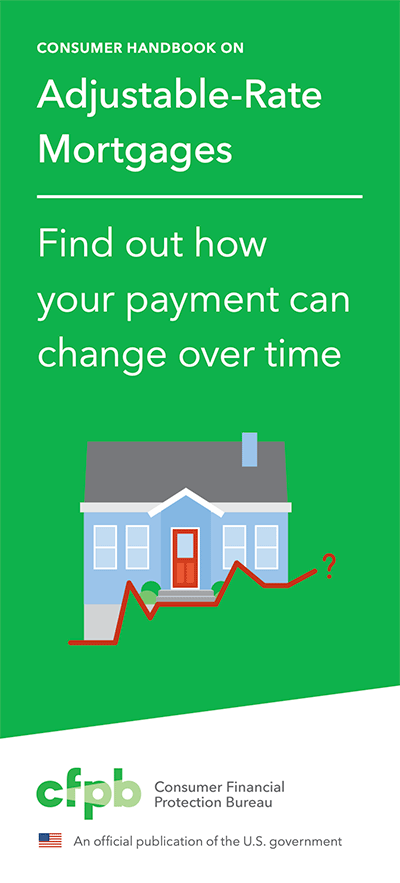Why Haven’t Loan Officers Been Told These Facts?
Servicemember Reports About Identity Theft are Increasing
Protecting Those Who Protect Us
From the CFPB
In 2021, military consumers—who include active duty servicemembers, veterans, and military family members—reported nearly 50,000 cases of identity theft to the Federal Trade Commission (FTC). Military consumers reported their information was misused to fraudulently access government benefits, credit cards, bank accounts, loans, and leases; and even to set up telephone and utility services.
A 2020 report by the FTC found that active duty servicemembers were 22 percent more likely than their civilian counterparts to report that an identity thief used their stolen information to open a new credit card or other account. The report, which looked at identity theft data reported to the agency from 2015-2019, also found that servicemembers were 76 percent more likely to report that identity theft resulted in the misuse of an existing account, and three times more likely to report that identity theft resulted in money taken directly from their accounts.
A steady income may make servicemembers a target for identity thieves looking to set up fraudulent credit accounts or tap into bank accounts. Frequent relocation may also increase servicemembers’ risk of identity theft. Permanent change of station orders can require a new round of home and apartment searches, spouse employment searches, and utility connections that may increase the risk of personal information falling into the hands of identity thieves.
Mortgage Lenders, FTC Red Flag Rules
Financial institutions and some creditors are required to have procedures in place to identify suspicious activities, or “red flags,” that may suggest a wider problem of fraud or identity theft. While these procedures vary based on business size and activities, they must be able to identify possible signs of identity theft in day-to-day operations, have a process to detect red flags of identity theft when they occur, design a course of action for use when they detect these red flags, and provide a plan to stay current on new threats. Many businesses have these procedures in place, but others may not, or may not have procedures sufficient to protect consumers. Financial institutions are also required to have programs designed to ensure that customer information remains confidential and to prevent unauthorized access to such information. Further, any person who collects certain consumer information that establishes creditworthiness, or eligibility for credit, insurance, employment, or other purposes, must properly dispose of the information.
BEHIND THE SCENES – GSE LMI Program may provide good opportunities in the months ahead
Interest rate gyrations may present fleeting refinance opportunities—especially for those high-LTV transactions that may or may not have been high-LTV transactions at closing. These programs from the GSEs might be just what you need for moderate-income customers.
Don’t wait until borrowers know it’s time to refinance. The best time to explain to your customers how they can determine when a limited cash-out refinance might be appropriate is after closing or any other time the opportunity may arise.
Don’t wait until rates dip.
FNMA RefiNow
FHLMC Refi Possible
The borrower must have the following:
- A Fannie Mae/FHLMC – owned mortgage secured by a one-unit, principal residence
- Current income at or below 100% of the Area Median Income (AMI)
- No missed payments on their current mortgage loan in the past six months, and no more than one missed payment in the past 12 months
- A mortgage with a loan-to-value ratio of up to 97%
- DTI of 65% or less
- No minimum credit score
Tip of the Week – Leveraging the Consumer Handbook on Adjustable-Rate Mortgages (CHARM Booklet)
What to do with the CHARM booklet? Like many MLOs, you might email the disclosure to prospects and applicants. On the other hand, you may meet your customers face-to-face and then slip the “brochure” into a loan folder with the applicant’s paperwork. Or, you could open the booklet and highlight a few key points. One and done.
But can you better leverage the CHARM Booklet to help improve your customer’s understanding and comfort with ARMs? For example, could the CHARM Booklet help you build rapport with prospects? Absolutely!
The CHARM Booklet and Loan Estimate go hand in hand. However, the timing requirements may differ. Congress desires that consumers be knowledgeable about the appropriate use of ARM financing before evaluating the options, not after application.
Regulation Z requires the lender to give the CHARM Booklet to the consumer when you provide an application form or before the consumer pays a nonrefundable fee, whichever is earlier.
In cases where the lender receives a written application through a broker, Regulation Z provides a substitute timing rule requiring the lender to deliver the disclosures or place them in the mail no later than three business days after the creditor receives the consumer’s written application.
Telephone Applications
The three-day rule applies when the lender or broker takes an application over the telephone. The lender is to deliver the disclosures or place them in the mail no later than three business days after the lender takes the consumer’s application by telephone.
Accordingly, the timing requirement, though less than perfect, intends that the consumer has the necessary disclosure and understanding when considering an ARM solution.
Leveraging the CHARM Booklet
Use the CHARM Booklet to unpack the rudiments of ARM financing. First, the vocabulary and mechanics are laid out simply in nontechnical language. That is a plus. Then, in tandem with LE, a graphical illustration of the index history and the specific ARM Disclosure, you should have everything you need to explain ARMs for most borrowers.
Watch for step-by-step guidance to effective ARM presentations in coming issues of the Journal.
Be prepared. Ensure you are knowledgeable and prepared to explain ARM financing. Brush up on the SOFR Index. Review our recent articles on SOFR with tips on explaining the index to your customer. See Volume 3 Issues 3-6 for more on the SOFR index. Link below.

